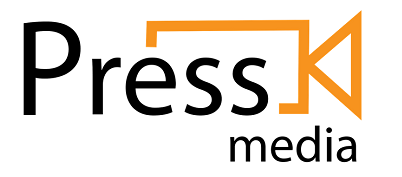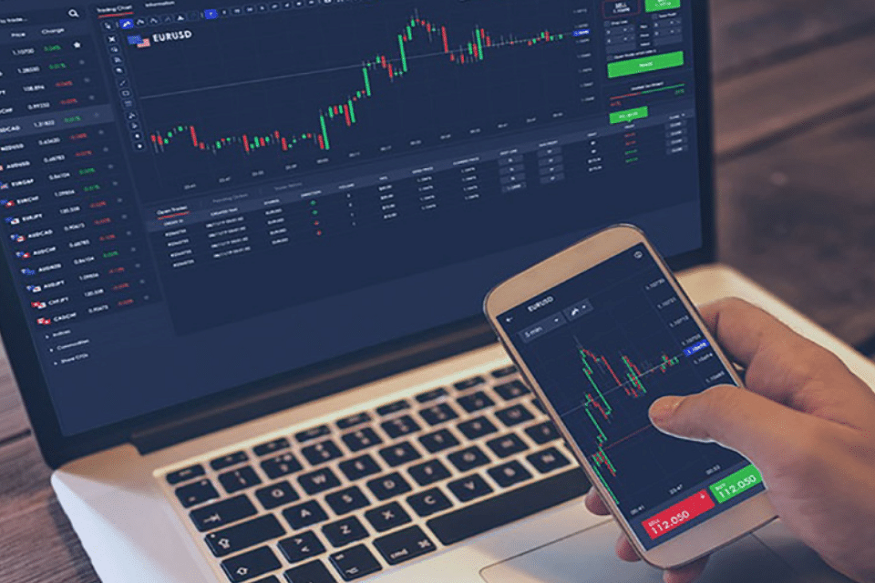The world of investing has undergone a profound transformation over the past few decades, evolving from manual trading floors to sophisticated digital platforms accessible from the comfort of home. For seasoned investors, staying ahead requires not only a strong grasp of market fundamentals but also a keen understanding of the tools that shape the modern trading landscape.
Online trading platforms have redefined how investors interact with financial markets, and recognizing their evolution is key to making informed, strategic decisions.
The Rise of Digital Trading
In the early days, trading was predominantly a physical activity. Investors relied heavily on brokers to execute trades, often through phone calls or in-person visits to exchanges. This model, while effective in its time, was limited by accessibility, speed, and transparency. Transactions were slower, and information asymmetry often disadvantaged individual investors.
The emergence of the internet in the late 1990s marked a turning point. Pioneering online trading platforms began to offer direct access to markets, empowering individual investors to execute trades in real time.
These platforms initially provided basic tools, such as real-time quotes and order placements, but the foundation for rapid expansion and innovation had been laid. For experienced investors, the ability to act quickly and independently represented a major advantage.
Integration of Advanced Tools and Analytics
As technology advanced, so did the capabilities of trading platforms. Modern platforms now incorporate sophisticated analytics, charting tools, and algorithmic trading options.
For seasoned investors, these enhancements are particularly valuable, enabling precise market analysis and strategic decision-making. Indicators, moving averages, and risk management modules are now integrated seamlessly, allowing investors to develop complex strategies without relying solely on intuition or manual calculations.
Another significant development has been the integration of multiple asset classes within a single platform. Investors can now access equities, commodities, forex, ETFs, and bonds under one digital roof.
This consolidation not only simplifies portfolio management but also enhances the ability to respond to market shifts and seize cross-asset opportunities. For the experienced investor, this means greater control and efficiency in executing diversified strategies.
Emphasis on User Experience and Accessibility
User experience has become a central focus in the design of online trading platforms. Intuitive interfaces, customizable dashboards, and mobile compatibility have transformed the way investors interact with markets. Seasoned investors, who may be managing complex portfolios, benefit from platforms that prioritize clarity and ease of navigation.
Mobile trading apps, in particular, have extended market access beyond traditional desktops. Investors can monitor positions, execute trades, and adjust strategies in real time, whether commuting, travelling, or working remotely. This level of accessibility ensures that experienced traders remain responsive to market movements, a critical factor in maintaining competitiveness in fast-paced environments.
Regulatory Compliance and Security
While technological innovation has driven convenience, it has also introduced new considerations around security and regulatory compliance. Online trading platforms must meet stringent regulatory standards to safeguard investor funds and ensure market integrity.
For seasoned investors, understanding these safeguards is essential. Platforms that provide robust encryption, two-factor authentication, and transparent reporting not only protect assets but also foster trust.
Regulatory oversight also ensures fair trading practices, helping investors navigate increasingly complex markets with confidence. Awareness of compliance features, from real-time trade reporting to adherence to market rules, equips experienced investors to make informed choices about platform selection.
The Role of Education and Continuous Learning
The evolution of trading platforms has also placed a premium on investor education. Many platforms now offer comprehensive learning resources, including webinars, tutorials, and market analysis reports. For seasoned investors, these resources provide opportunities to refine strategies, explore emerging asset classes, and remain informed about market trends.
Continuous learning is especially important as platforms incorporate new features such as AI-driven insights, social trading networks, and automated portfolio management. Staying adept with these tools allows investors to enhance performance and maintain an edge in increasingly competitive markets.
Choosing the Right Platform
Selecting the right online trading platform requires careful consideration of multiple factors. Investors must evaluate the range of available assets, the sophistication of analytics tools, trading costs, and user experience. Importantly, seasoned investors should also assess the platform’s reliability and execution speed, as these factors can significantly impact performance in volatile markets.
To explore a platform that combines advanced functionality with a user-friendly design, click here. This resource provides comprehensive access to market instruments, analytical tools, and educational materials, empowering experienced investors to make strategic decisions with confidence.
Conclusion
The evolution of online trading platforms reflects the broader digital transformation of financial markets. From the early days of phone-based trades to today’s sophisticated, multi-asset digital ecosystems, the landscape has fundamentally shifted. For seasoned investors, understanding this evolution is not merely academic—it is a practical necessity for effective market engagement.
By integrating advanced analytics, prioritizing user experience, maintaining regulatory compliance, and fostering continuous learning, modern trading platforms equip investors with tools to navigate complex markets confidently. Exploring reputable platforms that align with your strategic goals, such as the one highlighted above, can help ensure that your trading approach remains both agile and informed. Embracing these innovations allows experienced investors to not only respond to market changes but also to anticipate them, reinforcing a proactive and empowered investment philosophy.

